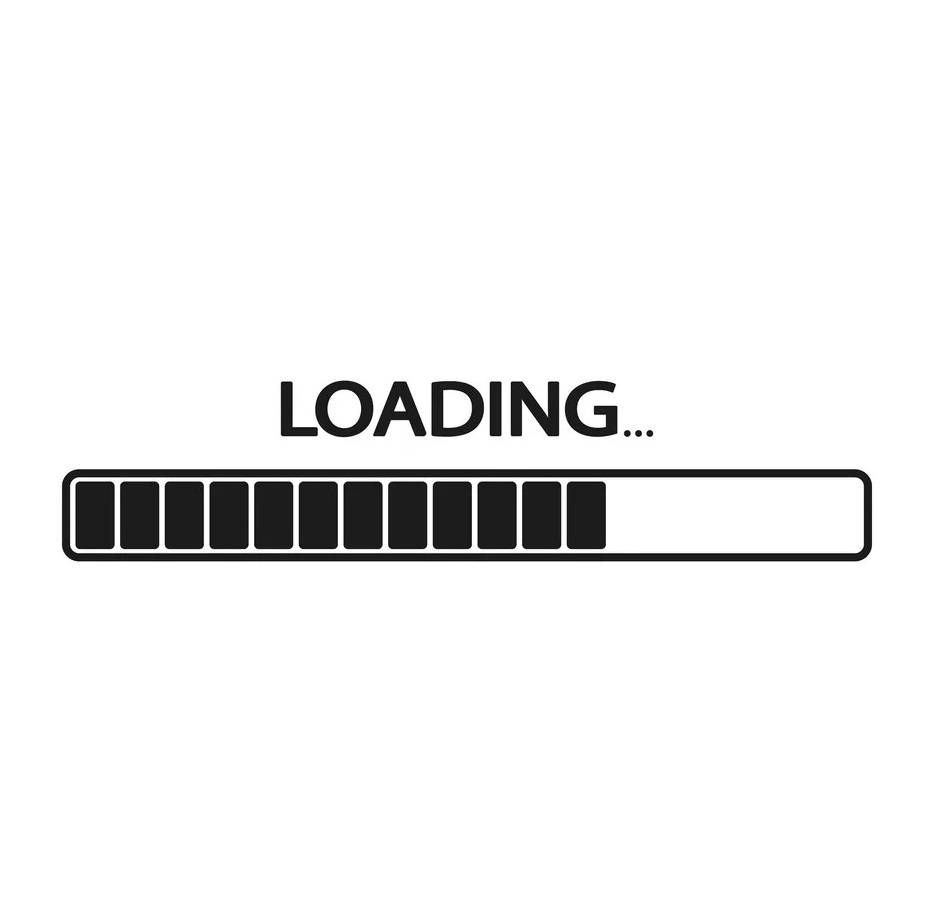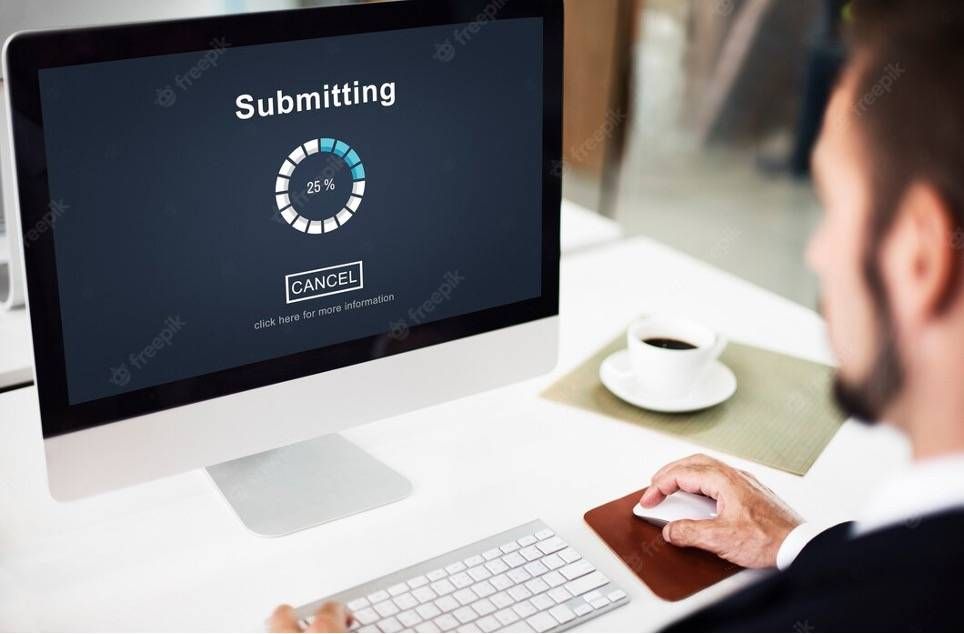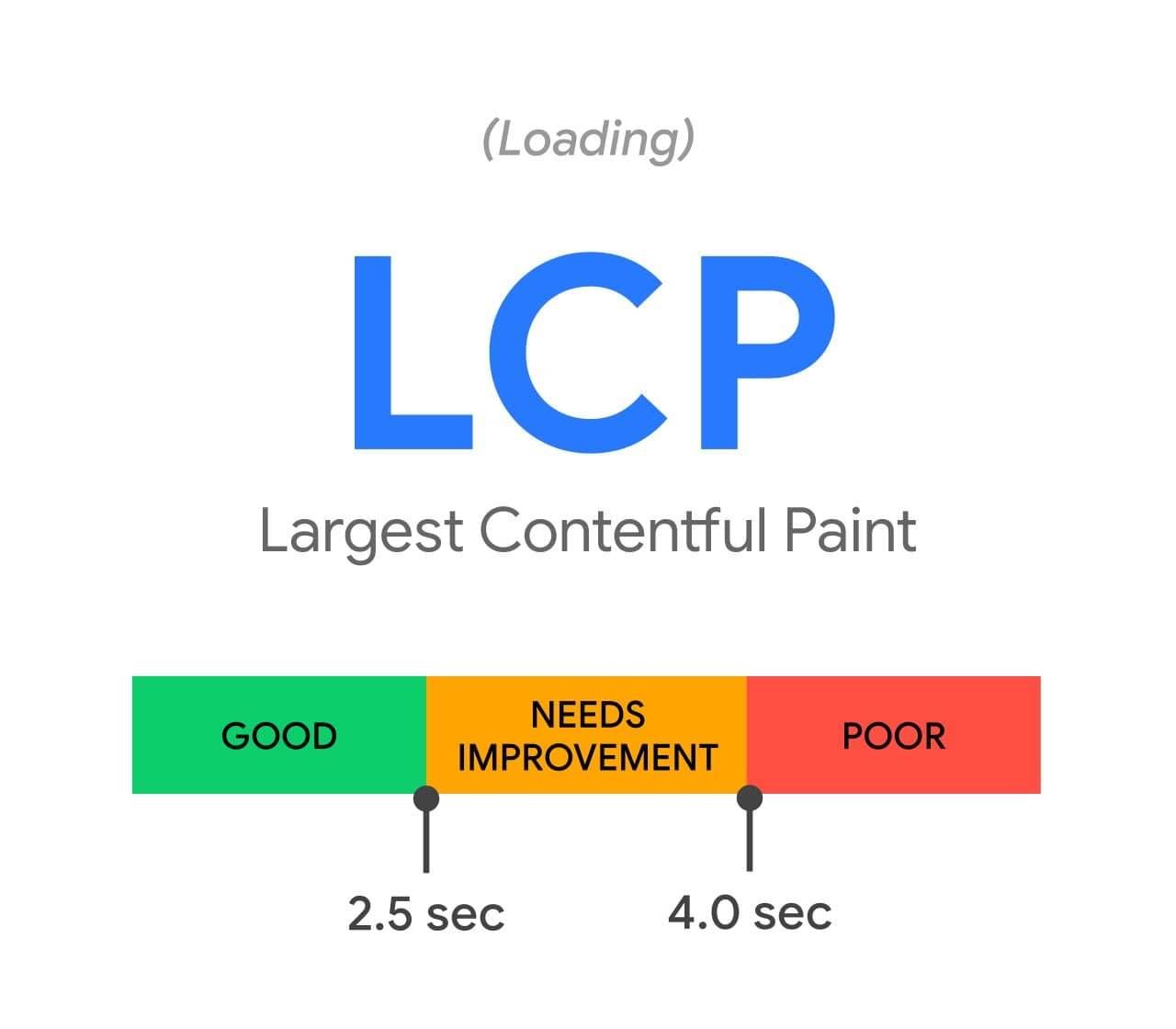John Smith
You have 4 new messages
You have 4 new messages

With web campaigns there are many possibilities to find out what is not working, thanks to the increased controllability of processes and results. Above all, there is the possibility of putting things right.
Let’s be clear: there can be many causes, but often they are found in creativity, which certainly plays its part, but even more often the problem lies in the effectiveness of the distribution of that content, even if it is on one’s own website.
[divilifeshortcode id=’9530′]
We know that the conversion rate is measured by calculating the ratio between the number of conversions and the number of visits. The first thing to ask yourself is therefore:

Traffic numbers are among those most likely to fall into the sad category of vanity metrics: metrics that taken as a stand-alone number, disconnected from the results for the business, do nothing but create the illusion that things are going very well, when in fact the results in terms of conversions are poor.
How is that possible?
When we have important traffic numbers but few conversions, we should first ask ourselves if the people landing on the landing page are the right ones. In the meantime, we should verify for which keywords the page is positioned, because it could be that the page is positioned for the “wrong” keywords: according to a study of a few years ago, about 88% of traffic is generated by wrong keywords.
How to intervene? By selecting the most relevant keywords in relation to the landing page, and therefore to the business objectives proposed, and optimizing the page based on these.
It is possible that even with the “right” traffic and users, the conversion rate is still low. What could be the cause?
The design of an effective landing page is a true art, in which the combination of all the right elements in the right place helps to build an experience that will win the user over. The ingredients of this recipe to be wisely combined are:
There is a right time to intrigue, a right time to tell, a right time to inform, a right time to sell… and so on. One of the problems of our landing page that doesn’t convert could be the fact that we don’t respect this schedule. There is no precise recipe, the order is not necessarily as described. One thing is certain, a user will only conclude the purchase when they are convinced by our proposal, not before.
Often the desire to explain the advantages of products and services leads us to go too far into their characteristics, making the story long-winded and ineffective. There is nothing more effective than presenting a problem and immediately afterwards the solution… which happens to be offered by our product or service!

If the first two points have to do with the planning, design and writing of landing pages, the third and final point deals with the more technical aspects of the site. If the slowness of a site has its causes on a technical level, the effects have repercussions on the experience that each user has when entering the site. By now, the average user is used to shorter and shorter loading times… A site that takes more than 3 seconds to load the first page loses visitors on the way before they access it in 53% of cases.

There are many factors, such as an underperforming server, a poorly configured server, non-optimised resources, etc. The weight of images, for example, has a huge impact, especially when there are many of them and they are not loaded correctly. The weight of images, for example, has a huge impact, especially when there are many of them and they are not loaded correctly. The same applies to videos, which have a major impact on performance.
The effect is not only a reduced user experience – as what should be an enjoyable journey gets turned into a tedious waiting game for pages to load – but also a negative effect in terms of Google ranking, which is well-known for rewarding speed as well as the quality of the actual content.
Several studies, including those carried out by Google themselves, underline how just a single second of delay can lead to losses of up to 15% when it comes to conversions. That’s a real disaster for e-commerce sites or multi-country websites belonging to big multinationals: which are exactly the type of sites most affected by these sorts of problems. It’s easy to see why.
The more complex the functionality and content of each website is, the more intervention and maintenance is needed. In the wake of the distinction we made at the beginning of the article, we can identify interventions at the level of the structure and elements that make up the page – marketing and design interventions – from technical interventions aimed at improving performance.
It sounds like a trivial choice, but it is not at all. The success of an online business starts here. So, choose a short, memorable, and distinctive name that is linked to the activity itself. There are not many domains available, but it is worth the effort.
Carry out a semantic analysis and from this, carefully select the keywords with the most interesting volumes for your business. This is the principle of semantic SEO that you should apply to all the most relevant pages of your site, such as the home page, category pages and product sheets. The inclusion of the right keywords will allow you to rank for the topics that are important to your potential customers.
3. Highlight your contact form
Every user when entering an ecommerce shop wants to feel as supported as if they were entering a physical shop. Make the contact form prominent and make the customer feel that he is never alone, before and after the purchase. This is another way to build customer trust.
4. Show products in your home page
Some studies say that 71% of successful e-commerce shops also display their products on the home page. In recent years, this trend has been challenged somewhat, and it is also true that in certain types of shop that are more closely linked to brand image, this rule is regularly ignored. Therefore, take it with a grain of salt and evaluate it according to your business.


5. Link building
For Google, few things are as valuable as backlinks, i.e. links pointing to a site. Therefore, try to acquire incoming links to your site from other sites. Be careful, however, they must be sites with good domain authority, otherwise the effect will be detrimental. Trade journals, blogs, quality news sites can be an idea. Of course, it depends on your business.
6. Optimize loading performance
Here we come to one of the most important and yet most neglected topics. How many times have you abandoned an ecommerce site when the loading wheel was still spinning, and the main banner had yet to appear? There is no effective design, competitive pricing or any other factor that applies if your site is slow to load. Users can no longer tolerate more than a couple of seconds.
Identifying where to intervene in order to improve loading times is not always easy, nor is carrying out effective interventions. You can do this manually, but you will have to put in a lot of man-hours and a certain margin of error.
The alternative is to use tools that optimize the most technically relevant elements of a site.
There are various tools on the market that can be used to influence the performance of sites to a greater or lesser extent. The first solution we should consider is the use of a CDN.
A CDN is a network of servers located in different geographical areas that aims to ensure the distribution of content with a reduced latency time compared to that of a server located at a great distance. Over time, however, the functions of CDNs have evolved to the point of including software that optimizes resources before distributing them.

The job of iSmartFrame – a simple layer that can be installed without intervening on the structure of the actual website, and without impacting on the use of Content Delivery Networks – is to deliver to each web browser a page that is already perfectly reformatted and optimized. If we’re talking about oversized photos, this layer will take care of their loading and optimization, meaning that the browser brings up pages faster, every time and anywhere. And this obviously has positive effects in terms of user experience and SEO.
Complex sites, in particular, are always looking for standardization and automation to maximize important marketing and advertising investments.
[/et_pb_text][/et_pb_column] [/et_pb_row] [/et_pb_section]


